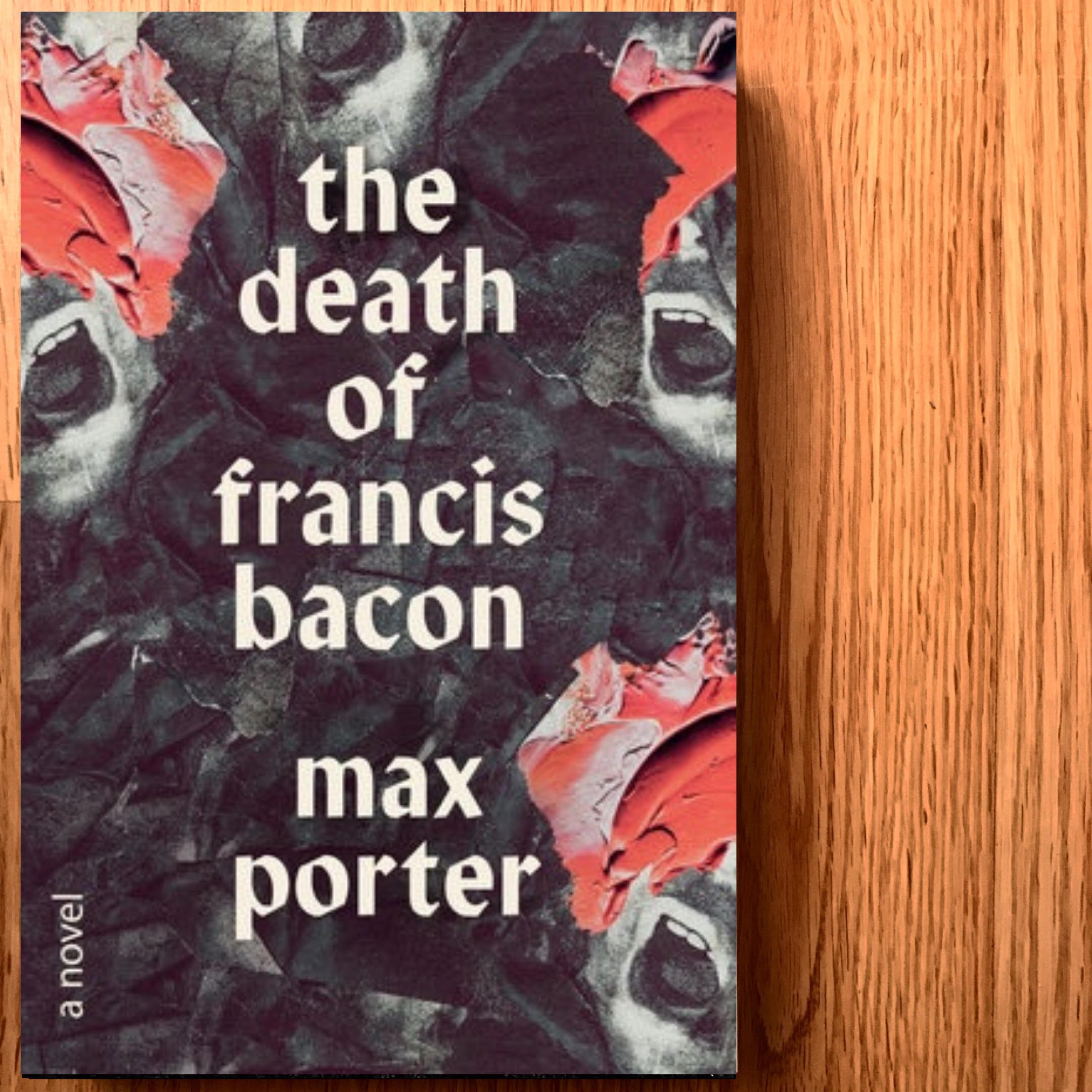Content warning: eating disorder and body dysmorphia
Fawn Parker’s 2019 novel Set-Point depicts the world of Lucy Frank, a writer and recent MFA graduate living and working in Montréal, scouring the precarious world of Anglophone work that the city allows. Lucy’s story begins in a warehouse office where she is working as a janitor for a start-up that, for unknown reasons, are developing a shuttlecock launching robot they are incredibly serious about. Lucy works during the day, unsure exactly what she is doing or why she is doing it, smokes cigarettes and drinks endless cups of coffee, attends book launches at night, and works on funding applications for her MFA project—a miniseries of Seinfeld episodes inhabited by the characters from Karl Ove Knausgård’s epic autofiction series My Struggle.
The post-modernist, ironical, yet painfully self-aware and hyper-realistic structure of the novel makes immediate sense as soon as these two facets of the character come to light. Each cigarette and cup of black coffee feels an homage to Knausgård himself. Each ridiculous situation amplified to extremes through human error and selfishness, from a store robbery gone wrong to a lost bike being painted over outside the previously held apartment of Leonard Cohen, feels Seinfeldian in its proportions, with characters simply walking away from any situation that gets too heightened with little thought for consequences. And yet, unlike Seinfeld itself, Lucy suffers very real consequences. Parker’s skill in weaving together the opposing forms of autofiction depicted through Knausgård and Seinfeld is delightful to witness; one drenched in satire and the other submerged entirely in the mundane seeming randomness of daily life. Two such differing source materials about the same thing: nothing, creating a hybrid of nothingness.
The nothingness of Lucy’s life expands to fill and consume everything; a life being made up of a whole bunch of nothing as if enough nothing quantifies itself into something. Lucy is an incredibly self-aware protagonist with an almost shocking unawareness of her authentic self. She is aware of herself as a performance and yet seems to have no interest in moving beyond it: “I could perform a certain type of femininity so long as there were no other women by my side, doing it better.” Lucy’s desire is not to be honest with herself but rather to be liked. “[My shampoo] was lavender-scented, which I hated but knew other people liked, so I tried to imagine it smelling good to me.”
The narrative voice stays tied to Lucy’s internal monologue, never accessing anyone else’s interior life. Dealing with the pervasive nature of the male gaze, female competition within that gaze, alienation from unskilled labour, digital sex-work, body dysmorphia, an eating disorder that consumes the entirety of her food and beverage consumption as well as most thoughts, Lucy feels trapped by the self she is when she is alone. She longs to “lock [herself] inside [her] social persona,” which she understands to be more desirable and therefore more worthy of her energy.
Trips to Seinfeld themed pop-up restaurants in downtown Montréal, and the relaxation of the white noise of a Knausgård Vice interview are layered throughout, juxtaposing the maleness of both these autofiction structures Parker is playing with against the societal limits of Lucy’s femaleness as Lucy does not allow herself to understand herself as a serious person, not even in relations to her mother’s cancer diagnosis.
“I envied the self-seriousness of men like Karl Ove. They chain-smoked cigarettes indoors, mused about art, politics, love. Everything they did was being done for the first time, by the first man. I, on the other hand, viewed myself through the critical lens of the at-home audience.”
Parker presents a life in stark lighting, not covering the edges to make it neater, not creating causal chains that lead to plot devices but rather letting things appear as random and unintentional and sometimes confusing as they are in real life. Parker’s talent as a writer is clear. There are a few moments where the plot flicks almost too quickly for comprehension, but it is sustained through Parker’s consistent style and her desire to take on the larger existential projects of what makes and remakes a self. Lucy Frank feels like a fully formed human being, existing outside the pages of the book. Each chapter feels fresh, each revelation of character feels organic and true to the multi-faceted ways in which human beings don’t always make sense; the way we hold conflicting views and violate the law of non-contradiction nearly every day of our lives. We believe one thing, and yet, we behave in another way entirely.
Lucy Frank feels somehow akin to me and yet could not be farther away. She speaks things I would barely allow myself to think, and yet, she lives an honestly heartbreaking reflection of the toxicity of patriarchal value systems and their degradation of the female psyche. Lucy Frank’s story does not end here—we simply stop reading. Parker leaves us with the sense that this character will continue in the world that we inhabit, possibly forever, making impulsive life decisions and never entirely learning from her mistakes, being unlikeable and yet strangely lovable.















